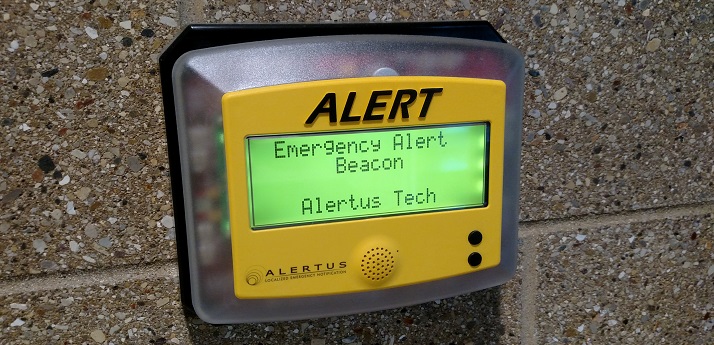
Emergency Preparedness
Preparing for Emergencies
While preparing to respond to an emergency, remember the primary goal is to protect human life and minimize injury. Never put yourself in danger. The second goal is to minimize damage to structures or equipment.
Determine whether you and others need to leave the area immediately or whether there is something you can do to minimize injury and damage.
Emergencies are, by definition not planned. Physical and health hazards can be avoided with proper planning and preparation. There are hazards that must be eliminated or controlled, such as:
- Fire
- Chemical spills
- Generation of toxic fumes or vapors
- Inhalation, ingestion, or absorption of toxic materials
- Release of pathogens and restricted biological materials
- Release of compressed toxic, asphyxiating, and corrosive gases
- Power failure, involving loss of lights or ventilation
- Electrical shocks
- Failure of a facility exhaust system
- Physical injuries to individuals
- Consequences of natural disasters
- A combination of any of these simultaneously
Adult First Aid/CPR/AED
Refresh your response skills by following online topic links, or by reviewing the Red Cross First Aid, CPR/AED participants manual.
Evacuation Procedures
During emergencies remain calm and follow the directions stated by the emergency alert system. Building hallways have maps showing you how to evacuate in case of an emergency. Proceed to a safe location in a safe manner, using staircases - never use the elevators during an emergency, if they lose power you can become stranded inside.
Example of an emergency alert message (audio recording)
Example of Mitel Emergency Alert email
Gas Emergencies
Learn how to respond to laboratory gas emergencies.
Contact Info
Mark Musser, Chemical Hygiene Officer (CHO)920-403-4019
mark.musser@snc.edu















